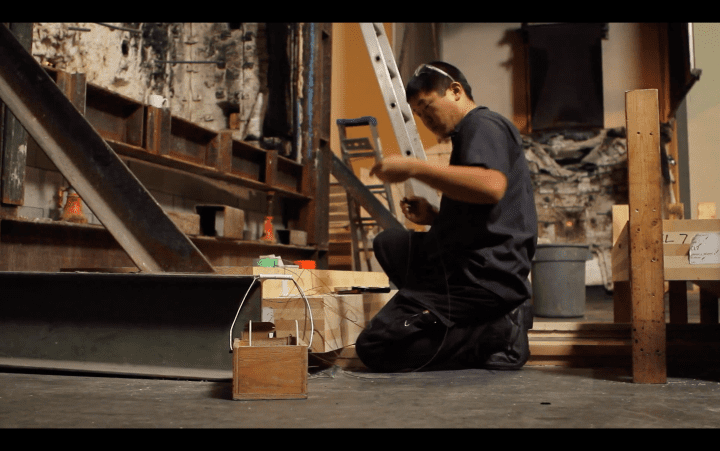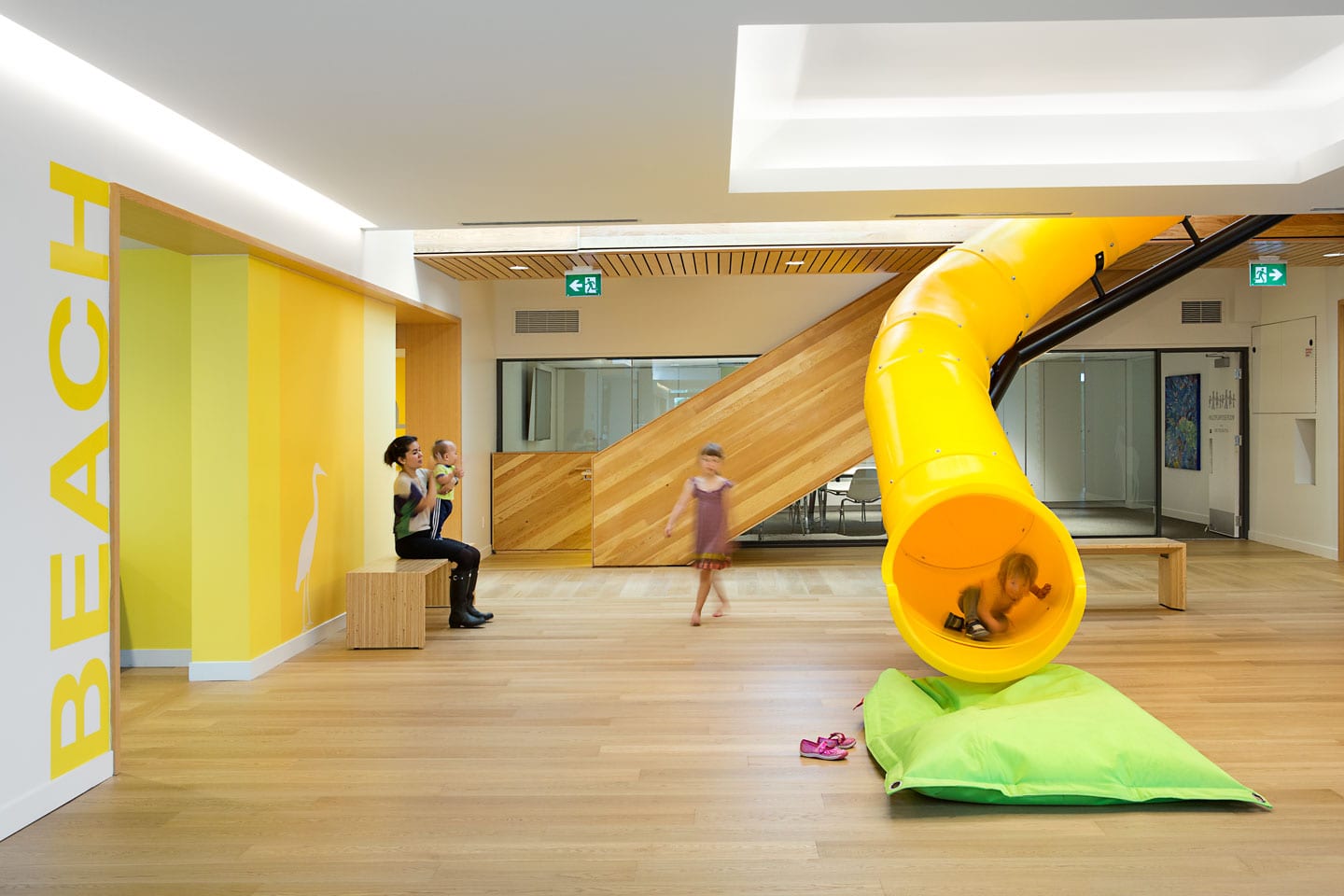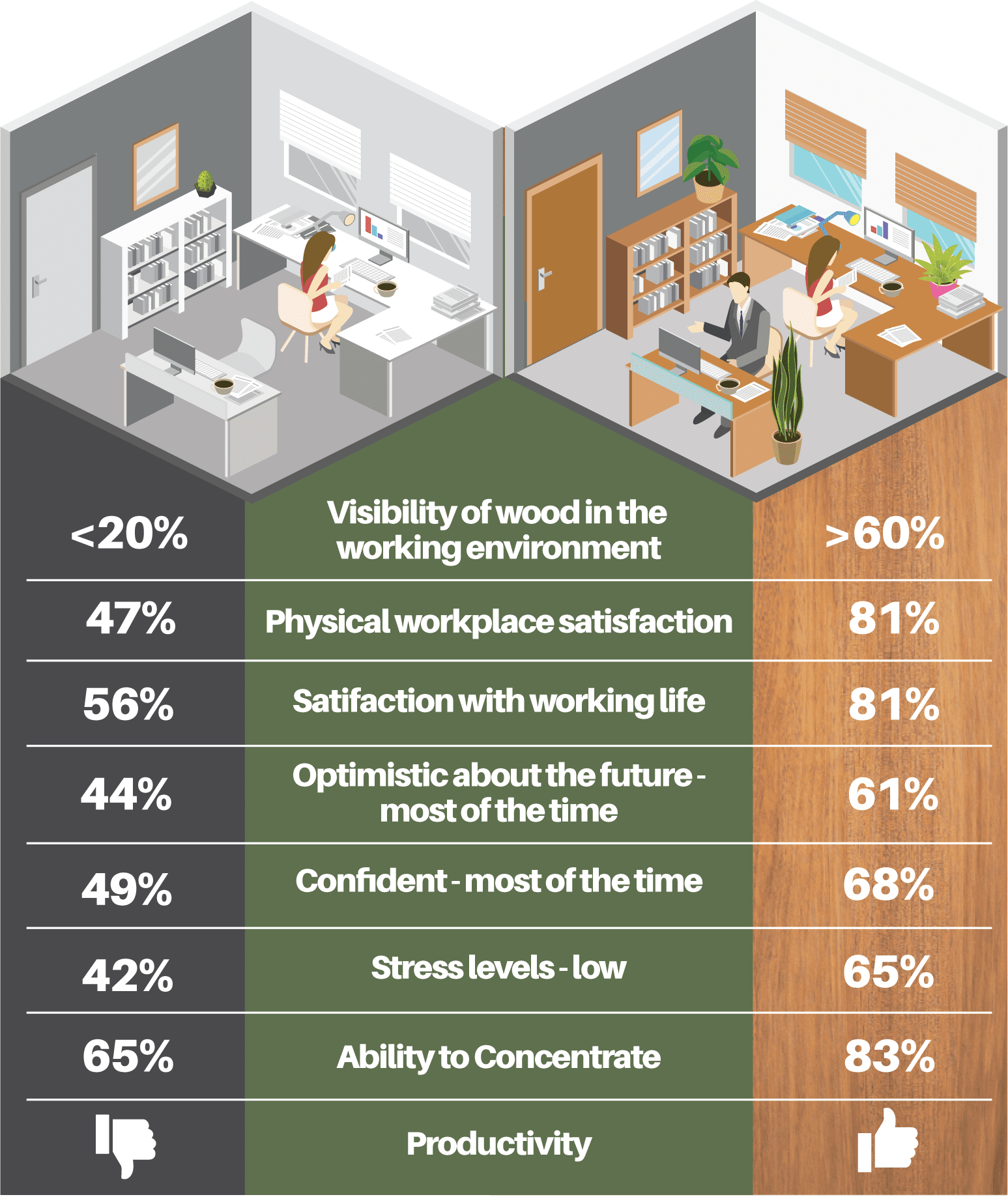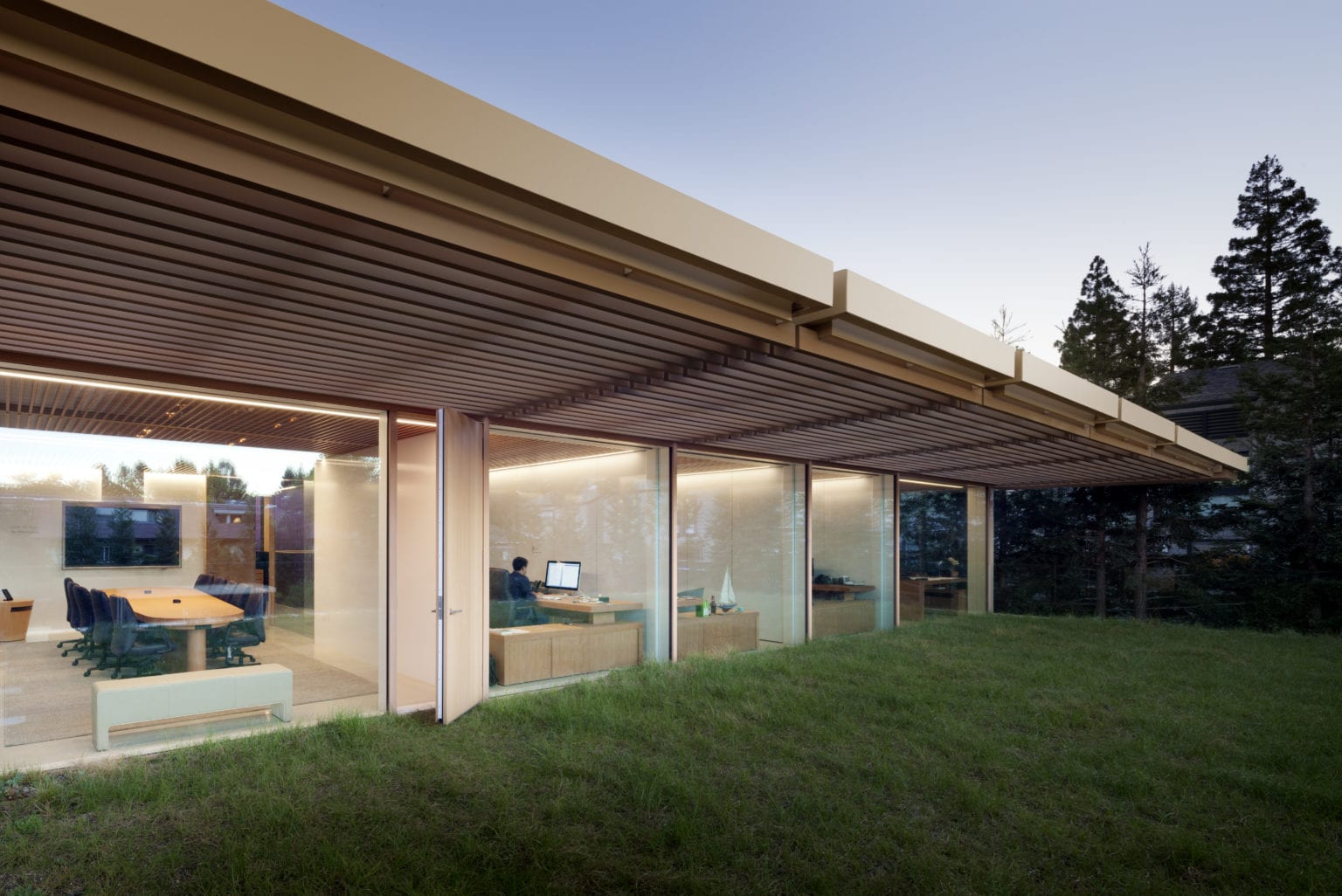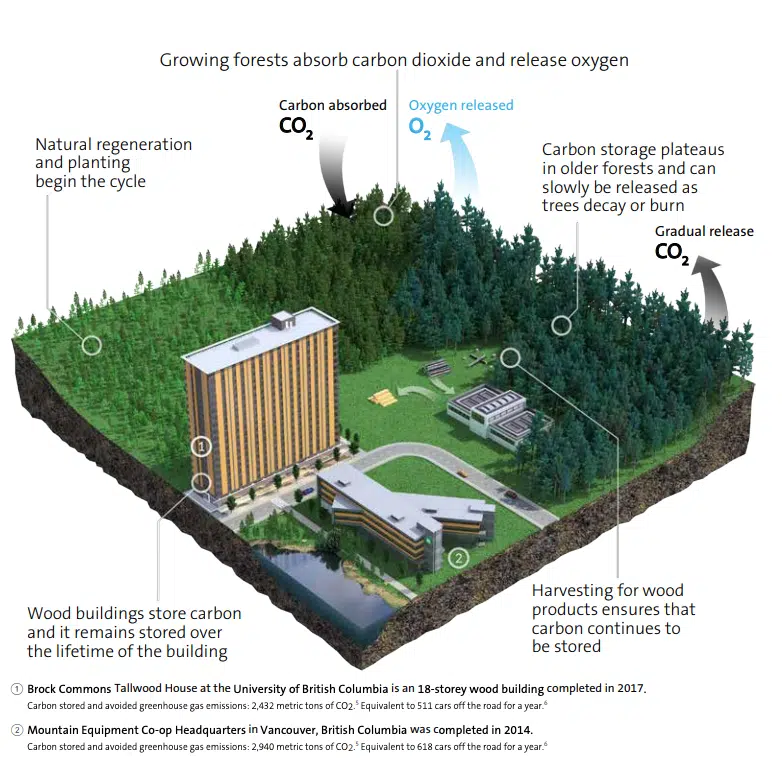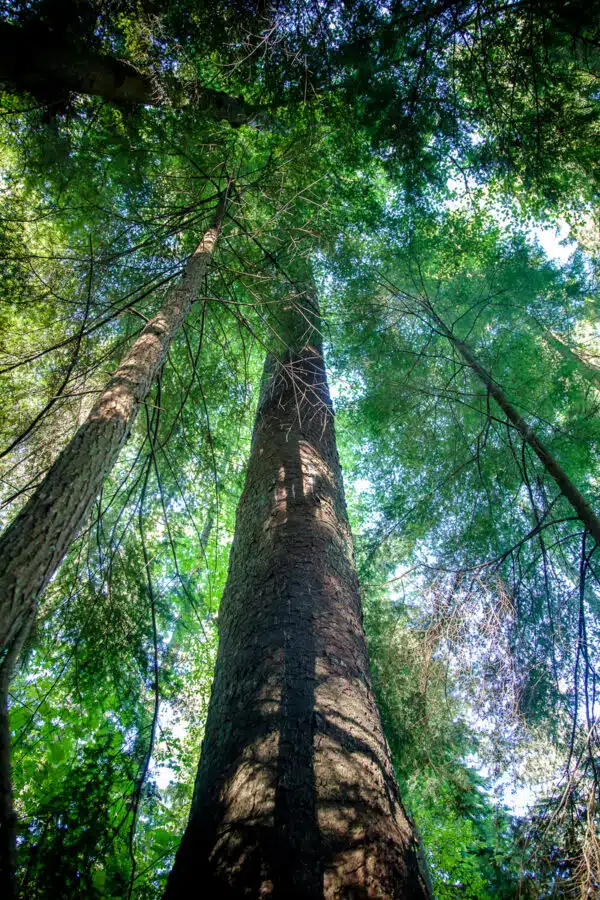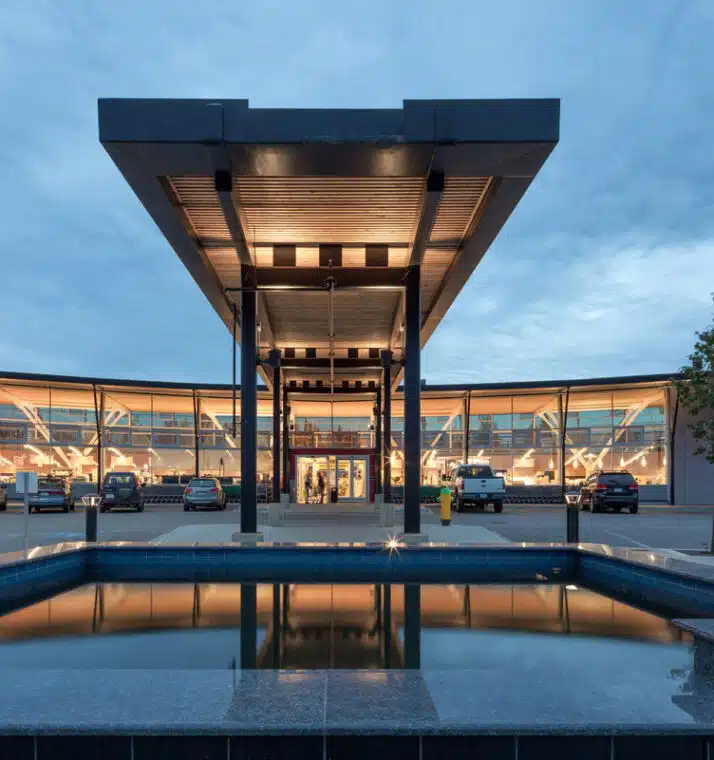Fire Resistance of Wood Construction
Wood can take the heat.
Fire Safety in Wood Buildings
Fire is a danger for all buildings and construction sites – regardless of building material. Fires start in the contents and furnishings we bring into our homes and offices, and occur in concrete, steel, masonry, and wood buildings alike. What’s most important is building to code to ensure safe buildings for occupants and first responders.
Building codes require all building systems to perform to the same level of safety, regardless of the material used.
The number of structure fires has trended downward over the past 40 years, falling from a peak of 1,098,000 in 1977. Since 2009, the estimated number of structure fires per year has been below 500,000 every year except for 2015. During that similar period, wood construction has steadily climbed, and today an average of 90 percent of homes are built with wood.
